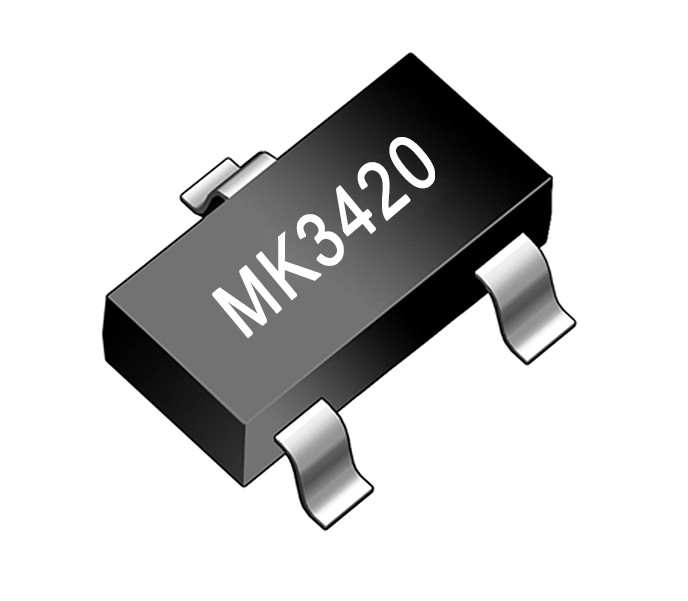When it comes to woodworking and home improvement projects, the circular saw is a staple tool that can significantly enhance efficiency and precision. However, for beginners, the question often arises: Should a beginner use a circular saw? This article delves into the considerations, benefits, and best practices for novice users, ensuring that you can wield this powerful tool with confidence and skill.
Understanding the Circular Saw
A circular saw is a versatile power tool that uses a toothed or abrasive disc or blade to cut through various materials, including wood, metal, and plastic. Its portability and ease of use make it a popular choice among both professionals and DIY enthusiasts. However, with great power comes great responsibility, especially for those who are just starting their journey in woodworking.
Benefits of Using a Circular Saw as a Beginner
- Versatility: Circular saws can handle a wide range of materials and cutting tasks, from ripping lumber to making crosscuts and bevel cuts. This versatility allows beginners to explore different projects without needing multiple specialized tools.
- Portability: Unlike table saws, circular saws are lightweight and easy to transport. This feature is particularly beneficial for beginners who may be working in various locations or on different job sites.
- Cost-Effectiveness: Circular saws are generally more affordable than other power saws, making them an accessible option for beginners who are just starting to build their tool collection.
- Ease of Use: With a little practice, beginners can quickly learn to operate a circular saw effectively. Many models come with user-friendly features, such as laser guides and adjustable depth settings, which can aid in achieving accurate cuts.
Safety Considerations
While the advantages of using a circular saw are compelling, safety should always be the top priority, especially for beginners. Here are essential safety tips to keep in mind:
- Wear Protective Gear: Always wear safety glasses, hearing protection, and a dust mask to protect yourself from debris and noise.
- Read the Manual: Familiarize yourself with the specific model you are using. Understanding its features, settings, and safety mechanisms is crucial for safe operation.
- Check the Blade: Before each use, inspect the blade for damage or wear. A dull or damaged blade can lead to kickback or inaccurate cuts.
- Secure Your Workpiece: Always ensure that the material you are cutting is securely clamped or held in place to prevent movement during cutting.
- Maintain a Safe Distance: Keep hands and other body parts away from the cutting path. Use push sticks or other tools to guide the material instead of your hands.
Techniques for Effective Use
To maximize the benefits of using a circular saw, beginners should focus on mastering essential techniques:
- Proper Grip and Stance: Hold the saw firmly with both hands and maintain a stable stance. Your feet should be shoulder-width apart for balance, and your body should be positioned to the side of the cutting line to avoid potential kickback.
- Adjusting the Depth: Set the blade depth to just slightly deeper than the thickness of the material being cut. This adjustment minimizes the risk of binding and enhances cutting efficiency.
- Using a Guide: For straight cuts, consider using a guide or a straight edge. This technique helps maintain accuracy and reduces the likelihood of wandering cuts.
- Practice Makes Perfect: Before tackling significant projects, practice on scrap materials. This practice will help you become familiar with the saw's operation and improve your cutting technique.
Conclusion: Embrace the Circular Saw with Caution
In conclusion, the circular saw can be an invaluable tool for beginners, offering versatility, portability, and cost-effectiveness. However, it is essential to approach its use with caution and respect. By prioritizing safety, mastering essential techniques, and practicing regularly, beginners can confidently incorporate a circular saw into their woodworking toolkit.


More Stories
LED Wiring Harness: Reliable Connectivity for Advanced Lighting Solutions
Hazardous Waste Incineration Heat Recovery: Turning Flue Gas into Energy
Why Tantalum Loose Lined Channels Are Essential in High-Corrosion Environments